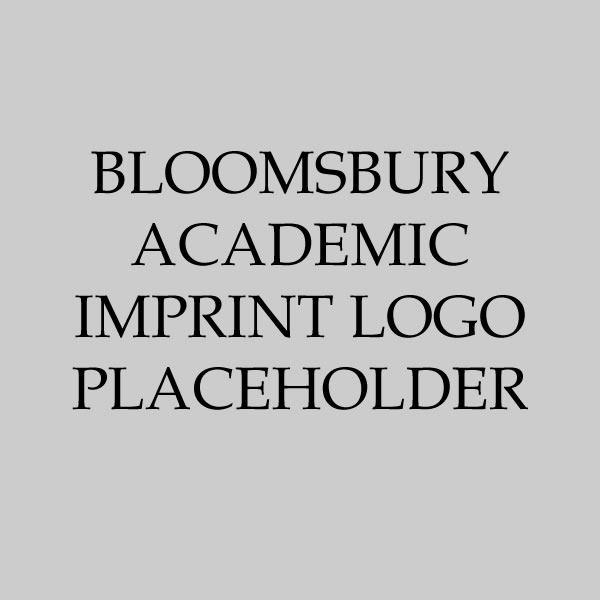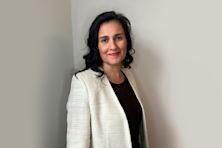- Home
- ACADEMIC
- Education
- Teaching Specific Subjects
- Music Education in America's Public Normal Schools
Music Education in America's Public Normal Schools
Celebratory and Troubled Beginnings of Music Teacher Education
Music Education in America's Public Normal Schools
Celebratory and Troubled Beginnings of Music Teacher Education
You must sign in to add this item to your wishlist. Please sign in or create an account
Description
Capturing the beginning of music participation and engagement in many of the public universities that started as normal schools, this book provides a history of American music education in the 19th and 20th centuries.
American music-teacher education evolved from teacher education in public normal schools, many of which eventually became state universities. For social and religious reasons, students learned hymns, European art music, folk songs, and military music; segregated Black and Native American normal schools included Jubilee choirs and powwow music. Student- and teacher-led music ensembles were ubiquitous, mirroring music-making in American society. Eventually, normal schools educated music teachers and music supervisors. In this book, the contributing authors discuss the early history of arts education, specifically music, in the first public normal schools in America through the lenses of class, gender, and race, revealing both celebratory and troubling beginnings. Schools were built on confiscated Native lands and segregated by race, and separate spheres existed for men and women. The embodied experiences of teacher-education students would live on to influence music teaching and learning curricula not only in the K–12 schools where they taught, but also nearly two centuries of music education in the colleges and universities from which they stem.
Table of Contents
Notes on Contributors
Foreword, Christine A. Ogren
Preface, Jill M. Sullivan
Introduction, Jill M. Sullivan
1. Establishing Normal School Music, Jill M. Sullivan
2. The Music Course Offerings, Degrees and Certifications of Twelve American Normal Schools, Lori T. Gray
3. “A Trained Teacher in Every Classroom” Music and Belonging in Brave Nation, Joanna Ross Hersey
4. The Non-Public Normal School: The National Normal University of Lebanon, Ohio, Brian D. Meyers
5. Musically-Infused Teacher Training: Music Education at the New Jersey State Normal School at Trenton, Tim Nowak
6. Normal College of the City of New York: Music Department and Education Program, Vincent Brancato
7. Mary McLeod Bethune and the Rise of Music Education at the Daytona Normal and Industrial Institute, Tavious J. Peterkin and Roger E. Anderson
8. Music in the Eastern Illinois State Normal School, Danelle Larson
9. Music Education in the Normal Schools of Minnesota, Sondra Howe
10. Music in the Winona Normal School, Alana Shields and Melanie Brooks Dinh
11. The Northern Arizona Normal School: Its Music and Music Teachers, 1899–1925, Roger E. Anderson and Therese Kerbey
12. The Lives and Teaching Of Three Music Teachers at the Tempe Territorial Normal School: 1895–1916, Alison Sorensen
13. Tracing the Evolution of Music Curriculum and Faculty at the Tempe Normal School, 1886 to 1905, Zihe Gao
14. San Jose Normal: A Transformative Institution 1862–1921, Diana M. Hollinger
Conclusion
Index
Product details

| Published | 08 Jan 2026 |
|---|---|
| Format | Ebook (Epub & Mobi) |
| Edition | 1st |
| Extent | 456 |
| ISBN | 9781978766181 |
| Imprint | Bloomsbury Academic |
| Illustrations | 34 bw illus |
| Publisher | Bloomsbury Publishing |
About the contributors
Reviews
-
In the 19th and early 20th centuries, with normal schools pioneering teacher training in America, music education was at the center of both celebration and controversy. Tracing how these institutions shaped the nation's earliest formal music teacher preparation, this book balances enthusiasm for music's civic and academic value with debates over curriculum, gender, religion, and professional identity. Drawing on rich archival sources, noted music educators, and teachers of teachers, Danelle D. Larson and Jill M. Sullivan, gather their work along with that of fourteen insightful contributors into a compelling look at the beginnings of music teacher education and their lasting influence on today's classrooms.
Bruce P. Gleason, Department of Music, Film & Creative Enterprise, University of St. Thomas, USA
-
This carefully researched volume takes a deep look at a rarely discussed topic germane to the history of higher education: music education and performance in US normal schools. Filling this gap in the history of higher education is an equity project because, as contributors to the volume observe, normal schools educated women and other marginalized groups when educational opportunities at other types of institutions were denied to them. When taken collectively, these essays comprise a rich tapestry that portrays the exciting and varied musical opportunities at normal schools from throughout the United States. Significantly, this book also shines light on the women who taught music at these schools. In addition, by providing detailed information about the history of music instruction and performance at specific schools, each chapter makes an invaluable contribution to the history of that school. By crowdsourcing this massive undertaking and using many projects created by students in a graduate seminar as a starting point for the chapters, Drs. Sullivan and Larson model an innovative, effective pedagogical practice that merits emulation by everyone who teaches courses that include archival research.
Julia Eklund Koza, Professor Emerit, Department of Curriculum and Instruction and the Mead Witter School of Music, University of Wisconsin-Madison, USA
-
Music Education in America's Public Normal Schools is an important and unique contribution to the history of teacher education in music in nineteenth- and early-twentieth century America. The authors chronicle the development of music in normal schools through case studies that represent diverse regions of the United States. Collectively, these rich institutional narratives as well as the book's framing chapters draw on diverse primary sources. Each narrative sheds light on how music was integrated into the education of teachers and how class, gender, race, and institutional location shaped the culture of music in normal schools. Heretofore untold stories of women music educators are presented in several chapters; narratives of music in normal schools for Black and Native American students expand the canon of historical scholarship on music in educational institutions. The book represents a major collaborative scholarly effort on a unified theme, the first of its kind in book form and surely a prototype for historical inquiry in music education in the future.
Marie McCarthy, Department of Music Education, University of Michigan, USA



































